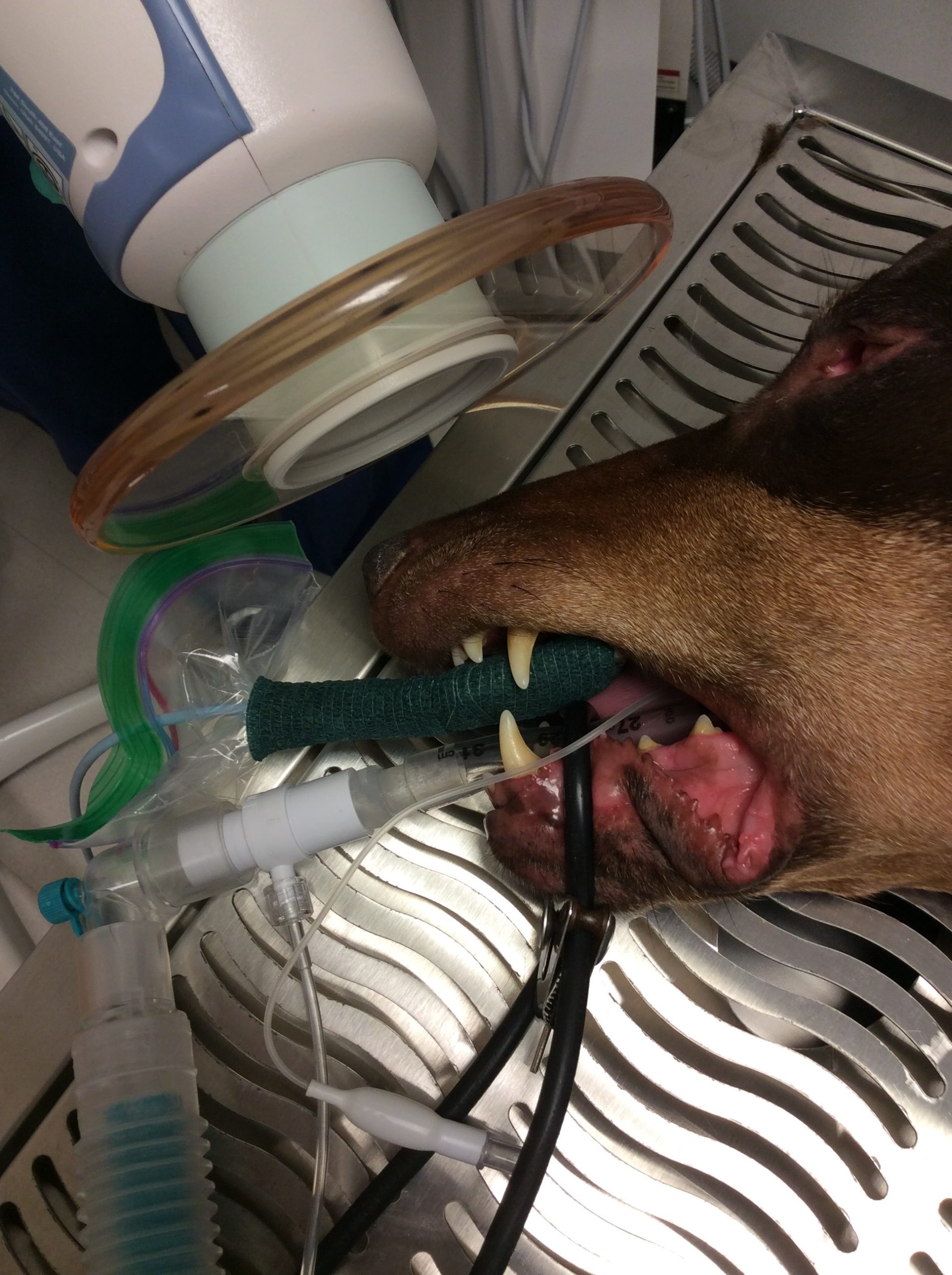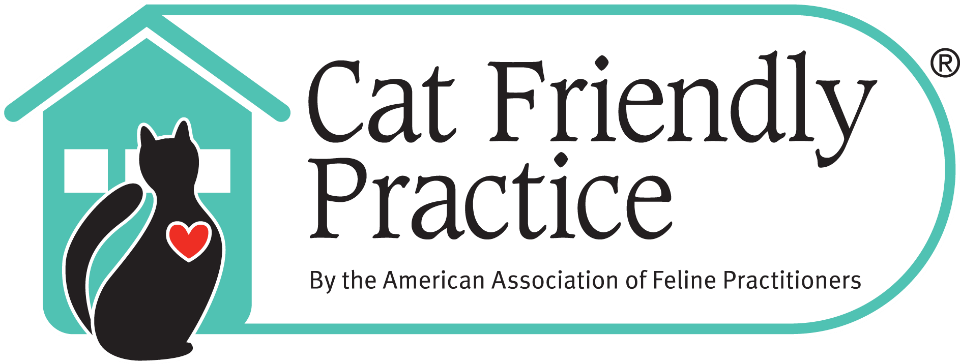What really goes into a dental cleaning?
When you hear dental cleaning what do you think of? Sitting at your dentist office having your teeth scaled and polished? While we also do that in pets, it is much more complicated (since we can’t guarantee that they will sit still for the entire cleaning or chew on the expensive equipment.) All dental cleanings also vary from vet hospital to vet hospital. I just had my teeth cleaned and want to walk you through the process!
- Comprehensive exam– Before I am sedated, the veterinarian examines me, including listening to my heart and lungs and looks in my mouth.
- Bloodwork– It is recommended and offered for full bloodwork to be done, this checks kidney and liver values. Minimal baseline bloodwork is taken on every animal to make sure they are not anemic.
- IV catheter– All pets undergoing anesthesia have an IV catheter placed. This gives immediate access to the vein, helps regulate blood pressure and speeds up metabolism of the anesthesia.
- Pre-medication– Each pet gets an injectable pre-medication. These are individualized based on the pet’s health, age and any other underlying disease. Since I am a 10year old doberwoman with heart disease, I get heart friendly medications. Pre-medications helps with pain, anxiety and allow for a smoother induction.
- Induction and intubation– This is where we are given an injectable medication to allow us to be anesthetized.
- Dental X-rays (radiographs)- It is recommended for every pet to have radiographs done. It can show bone loss, diseased tooth roots and sometimes even teeth below the gum line that never erupted. Dental rads allow the vet to see much more than what is visible with the naked eye.
- Scaling and polishing– NOW we get our teeth scaled, just like when humans go to the dentist, except under our gum line is also scaled. And then the teeth are all polished– this buffs out any scratches caused by the scaling.
- Anesthetic monitoring– And while all of this has been going on, there is a dedicated person monitoring your pet. They are busy checking your pet’s blood pressure, fluid rate, heart rate, breathing rate, end tidal CO2, oxygen saturation, and temperature! There is a lot of monitoring to make sure your pet has a smooth dental cleaning!
- Oral Surgery– The veterinarian determines if oral surgery is needed by reading the dental radiographs and probing each tooth individually. If extractions are necessary, nerve blocks are used to numb your pet’s mouth. An incision is made into the gums, drills are used, and absorbable sutures are placed. Post extraction x-rays are taken to ensure complete root extraction. Thankfully I didn’t have any teeth extracted today (but I get my teeth cleaned about every 8 months.) And I made that sound way too easy, some teeth can take 30-45 minutes EACH to completely extract!
- Post op monitoring– After your pet’s mouth is clean and healthy they are still monitored by a dedicated person. That person continues to sit with your pet until their temperature is at a desirable number and until your pet is fully awake.
This is what is involved with a dental cleaning and oral surgery at Riverview Animal Hospital, when searching for the best oral care for your pet know that we provide high quality medicine! I know that the whole team takes pride in being thorough and providing the best care! Now enjoy my before and after pictures of beautiful teeth and gums!







